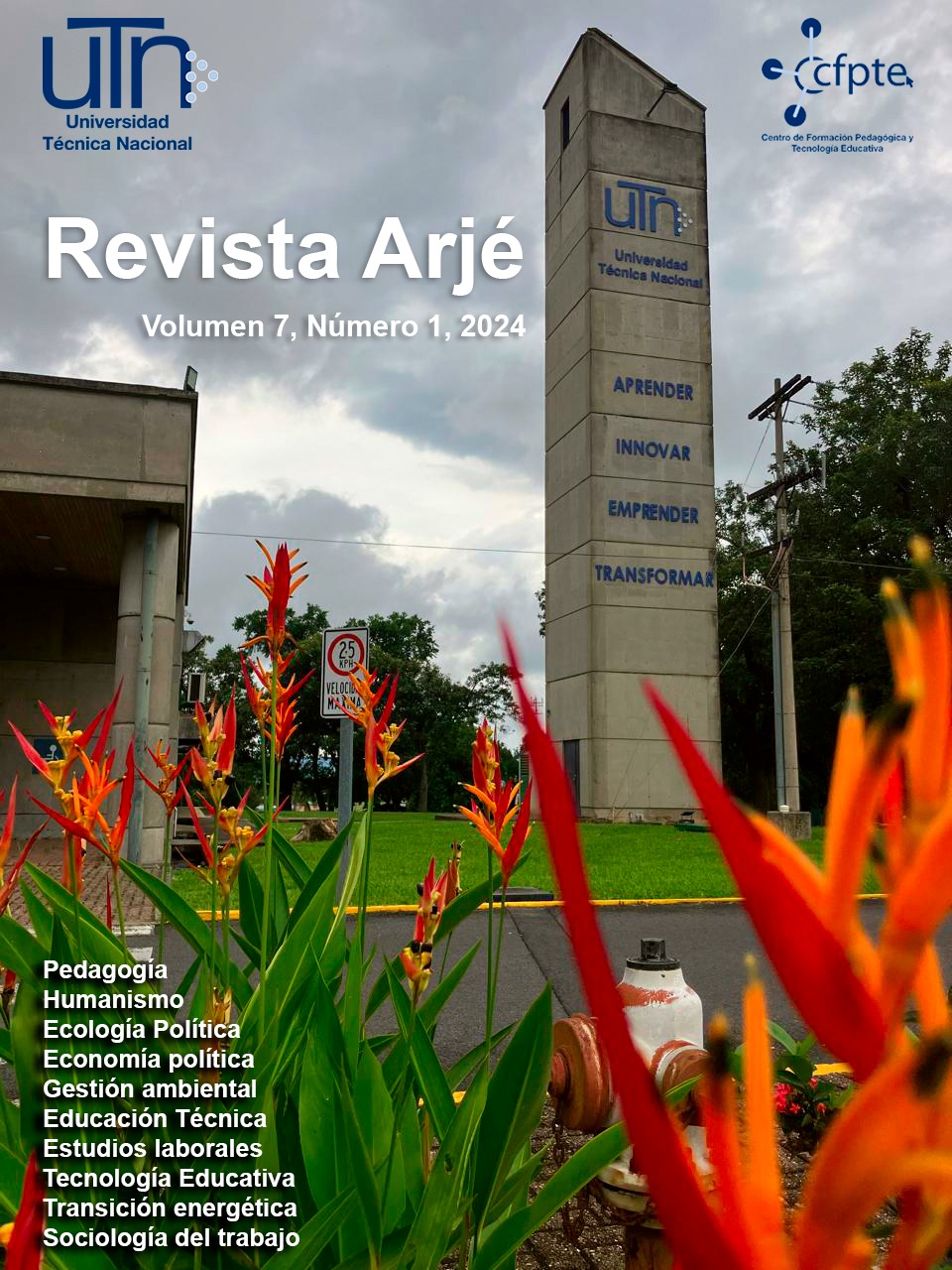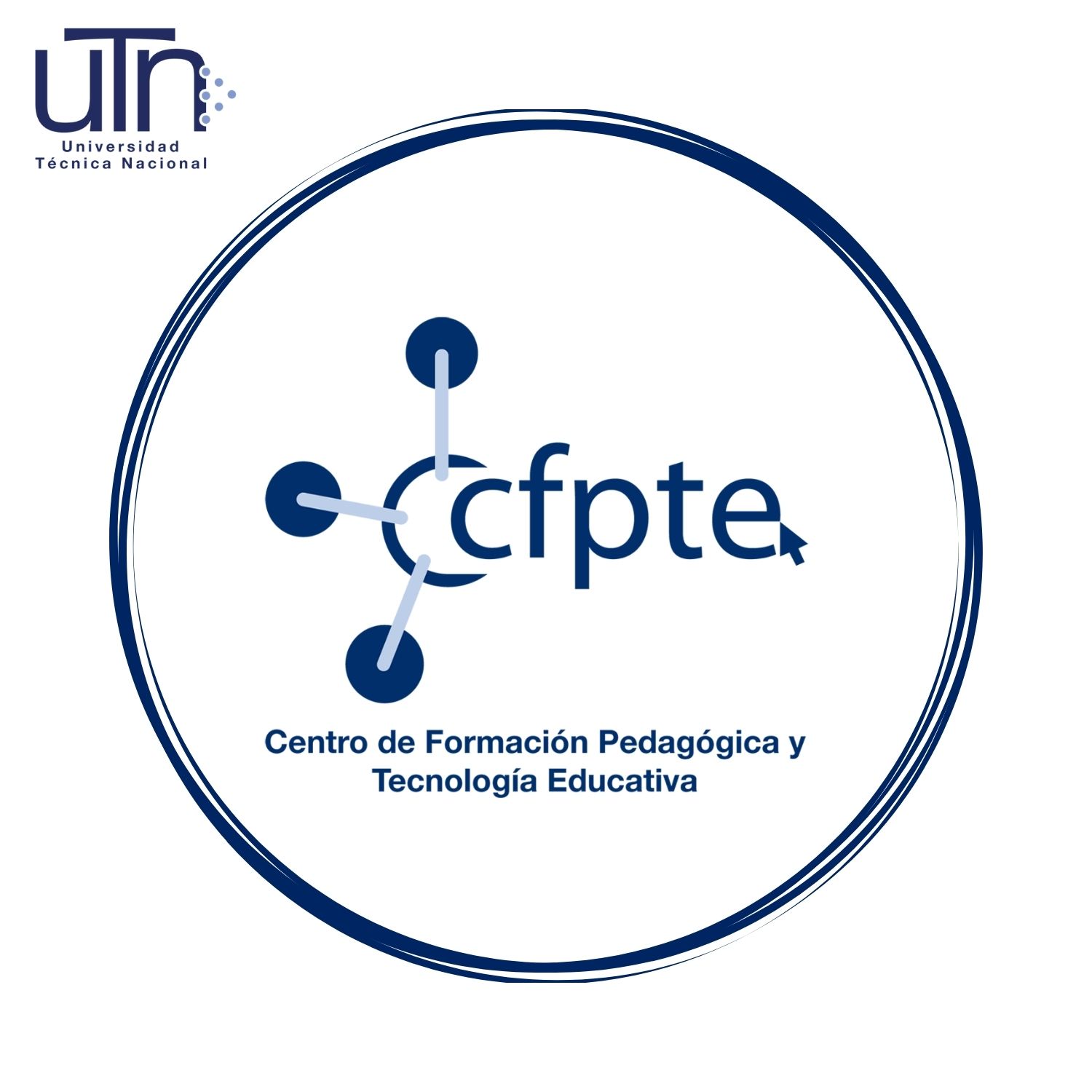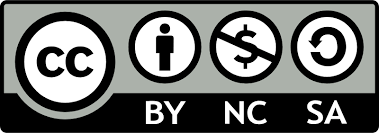Vehicle mobility and the environment: Are electric cars the route to a definitive solution? The Costa Rican case.
DOI:
https://doi.org/10.47633/Keywords:
Electric vehicles, Environmental impact, Clean energy, Lithium-ion batteries, Green carsAbstract
Costa Rica is considered a country open to private electric vehicle mobility. Thanks to the enactment of policy incentives, there has been a significant increase in electric cars for daily use, with just over 14,000 cars estimated by July 2024 (according to MINAE, not counting motorcycles, special or work vehicles). This growth is driven in part by the connection to the zero CO₂ emissions concept and, perhaps even more so, by marketing that highlights the perception of fuel savings and lower costs in derived lubricants. The objective is to answer: what has been foreseen in this nation regarding future environmental impacts from an eventual massivity of used or retired cars when chemical wastes such as cobalt, nickel or lithium are generated? This motivated a descriptive type of research, supported by extensive bibliographic material and official data published by energy agencies, as well as contributions from both national and international sectors of interest, which led to the construction of results based on official statistical data and experiences in countries such as Germany, especially in the management of lithium-ion battery waste. What we are about to discover with this article raises a crucial issue for a country that boasts of being environmentally friendly, within a policy framework that has not yet been developed to value the entire life cycle of these materials.
Downloads
References
Amadoz, S. (17 de marzo de 2022). El motor. Obtenido de Actualidad.
Berizzo, R. (2021). Portal movilidad España. Obtenido de Opinión: Factores que afectan a la vida útil de la batería de un vehículo eléctrico: https://portalmovilidad.com/opinion-factores-que-afectan-a-la-vida-util-de-la-bateria-de-un-vehiculo-electrico/
Campbell, M. (2 de febrero de 2022). Euronews. Obtenido de Green, Naturaleza: https://es.euronews.com/green/2022/02/03/los-campos-de-litio-en-sudamerica-revelan-el-lado-oscuro-de-nuestro-futuro-verde
Costa Rica. (agosto de 2023). Vehículos eléctricos en Costa Rica. Recuperado el 9 de setiembre de 2023, de Ministerio de Ambiente y Energía: https://energia.minae.go.cr/?p=5634
Deutsche Welle (Dirección). (2022). Ecomovilidad: reciclaje de baterías [Película]. Obtenido de https://www.dw.com/es/ecomovilidad-reciclaje-de-bater%C3%ADas/video-61937351
Dwyer, M. (Octubre de 2021). Today in energy. Recuperado el 9 de setiembre de 2023, de U.S. Energy Information Administration: https://www.eia.gov/todayinenergy/detail.php?id=50096#:~:text=We%20project%20electric%20vehicles%20(EVs,2050%2C%20reaching%20672%20million%20vehicles.
Energía y sociedad. (s.f.). Recuperado el 12 de setiembr3e de 2023, de Manual de la energía: https://www.energiaysociedad.es/manual-de-la-energia/4-1-por-que-el-vehiculo-electrico/
Fuentes, V. (27 de julio de 2022). Motorpasion. Obtenido de El auge de los vehículos eléctricos está consiguiendo desplazar la demanda de petróleo, pero ni de lejos lo suficiente: https://www.motorpasion.com/futuro-movimiento/auge-vehiculos-electricos-esta-consiguiendo-desplazar-demanda-petroleo-lejos-suficiente
Gobierno de Costa Rica 2018-2022. (2019). Plan Nacional de Transporte eléctrico. San José, Costa Rica.
Gobierno de Costa Rica. (2019). Plan Nacional de Descarbonización, 2018-2030. San José.
Hernández Sampieri, R., Fernández Collado, C., & Baptista Lucio, P. (2006). Metodología de la investigación. (Cuarta ed.). (M. Hill, Ed.)
Houmann Mortensen, N., & Obbekær, M. (S.F). Electrónica justa. Obtenido de portolio: https://electronicajusta.net/portfolio/quanta-aigua-sutilitza-per-fabricar-les-bateries-del-mon/?lang=es#:~:text=La%20comunidad%20cient%C3%ADfica%2C%20estudios%20de,agua%20por%20kilo%20de%20litio.&text=La%20compa%C3%B1%C3%ADa%20minera%20norteamericana%20A
International Energy Agency. (23 de abril de 2023). IEA. Obtenido de News: https://www.iea.org/news/demand-for-electric-cars-is-booming-with-sales-expected-to-leap-35-this-year-after-a-record-breaking-2022
Mora Vargas, P. (30 de agosto de 2022). Universidad de Costa Rica. Obtenido de Noticias: https://www.ucr.ac.cr/noticias/2022/8/30/costa-rica-muestra-avances-y-pendientes-en-gestion-de-residuos-de-aparatos-electronicos-y-electricos.html
Murias Andrade, D. (9 de setiembre de 2021). Motorpasión. Obtenido de Futuro en movimiento.: https://www.motorpasion.com/futuro-movimiento/tanta-demanda-litio-par-baterias-coches-electricos-podriamos-estar-creando-nuevo-problema-contaminacion
National Geographic. (4 de enero de 2018). Revista Nat Geo. Obtenido de Medio ambiente: https://www.nationalgeographic.es/coche-electrico-contaminacion
Noirfalisse, Q., & Zajtman, A. (Dirección). (2019). Cobalto: el lado oscuro de la transición energética | DW Documental [Película]. Obtenido de https://www.youtube.com/watch?v=XRVnPPF7eh8
O'neal Coto, K. (16 de julio de 2019). Noticias. Obtenido de Universidad de Costa Rica: https://www.ucr.ac.cr/noticias/2019/7/16/el-problema-ambiental-mas-grave-en-costa-rica-es-el-consumo.html
Ramey, R., & García, D. (27 de julio de 2023). Mejorar la autonomía de los coches eléctricos. Obtenido de Car and driver: https://www.caranddriver.com/es/movilidad/sostenibilidad-ecologia/a44610957/nuevos-materiales-autonomia-coches-electricos/
Trujillo, E. (24 de junio de 2020). Motor pasión. Obtenido de Industria: https://www.motorpasion.com.mx/industria/electricos-sus-primeros-fracasos
Vera, I., & Solís, A. (20 de abril de 2022). Bloomberg línea. Obtenido de Green: https://www.bloomberglinea.com/2022/04/20/asi-contamina-el-negocio-del-litio-mineral-clave-para-la-transicion-energetica-de-mexico/#:~:text=La%20contaminaci%C3%B3n%20del%20suelo%20con,en%20Science%20Direct%20en%202021
World Energy Trade. (16 de agosto de 2022). La EIA prevé que las renovables representen el 22% de la generación de electricidad en EE.UU. en 2022. Recuperado el setiembre de 2023, de Energías Alternativas.: https://www.worldenergytrade.com/energias-alternativas/electricidad/la-eia-preve-que-las-renovables-representen-el-22-de-la-generacion-de-electricidad-en-ee-uu-en-2022
Xie, Y. (01 de junio de 2023). El financiero, México. (Bloomberg, Ed.) Obtenido de Mundo: https://www.elfinanciero.com.mx/mundo/2023/06/01/por-que-china-perfora-un-pozo-de-10-mil-metros-el-segundo-mas-profundo-del-mundo/
Zorrero, D. (agosto de 2021). Infoabe. Obtenido de Autos: https://www.infobae.com/autos/2021/08/01/un-experto-en-baterias-explica-que-pasara-en-el-futuro-con-los-autos-electricos/
Zúñiga, D. (18 de noviembre de 2022). Deutsche Welle (DW). Obtenido de Economía global: https://www.dw.com/es/por-qu%C3%A9-ahora-todos-quieren-explotar-litio/a-60468536
Downloads
Published
Issue
Section
License
Copyright (c) 2024 Elmer Ramírez Chaves

This work is licensed under a Creative Commons Attribution-NonCommercial-ShareAlike 4.0 International License.
All articles in the Revista Académica Arjé are published under the Creative Commons Attribution-NonCommercial-ShareAlike 4.0 International License (CC BY-NC-SA 4.0).
This means that:
-
Attribution: Proper credit must be given to the original authors, a link to the license must be included, and any changes made must be indicated.
-
NonCommercial: The material may not be used for commercial purposes.
-
ShareAlike: If the work is adapted or remixed, the resulting version must be distributed under the same license.
More information at: https://creativecommons.org/licenses/by-nc-sa/4.0/deed.en











